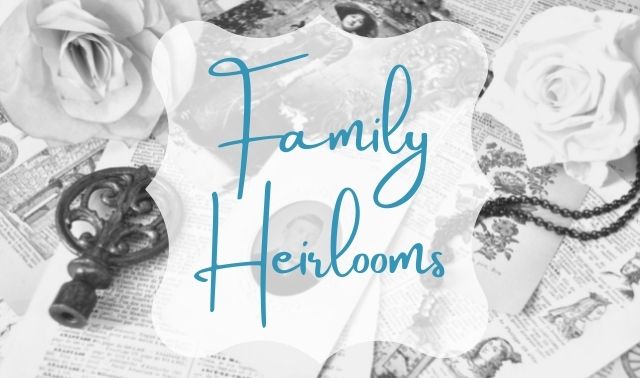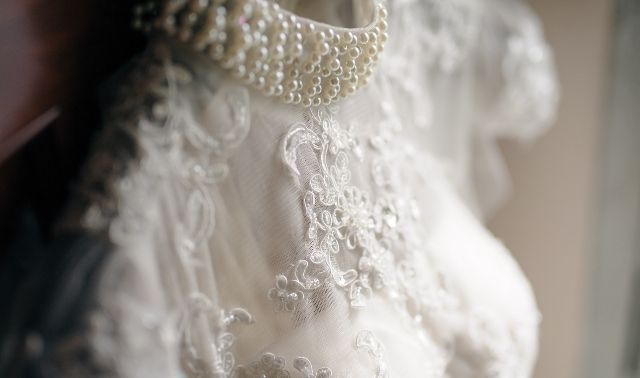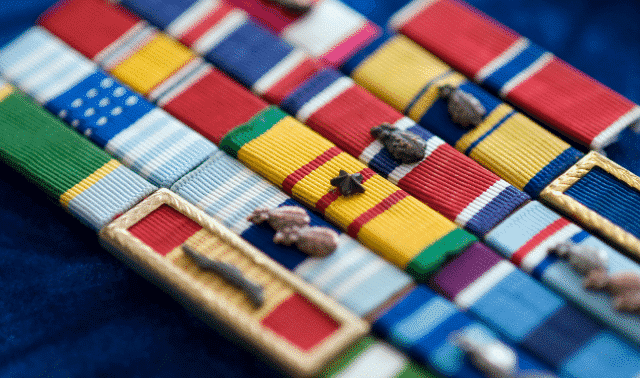Sign up for the Family Tree Newsletter Plus, you’ll receive our 10 Essential Genealogy Research Forms PDF as a special thank you!
Get Your Free Genealogy Forms
"*" indicates required fields
1. Start Collecting
Collecting postage stamps, or philately, is a classic and affordable hobby. It’s not unlikely that one of your ancestors saved the occasional special stamp or postmark. You also might have old letters with stamps marking historic events. Learn more about the hobby and the history of postage stamps on the Smithsonian National Postal Museum website.
2. Keep envelopes and letters intact
Don’t remove the stamp or cancellation mark, both of which can help you date the letter and determine where it was mailed. Remove and unfold the letter, and store it with its envelope inside an acid-free archival file folder or plastic sleeve. Avoid plastics containing vinyl, such as polyvinyl chloride (PVC) or polyvinyl acetate (PVA). That includes most sheet protectors intended for office use. Instead, use mylar or polypropylene sleeves from archival suppliers.
3. Protect stamps in collector’s albums
Moisture and humidity will ruin a stamp collection. Store the albums and unused sheets of commemorative stamps in an acid-free archival box in a cool, dry location (such as a closet shelf inside your house). Avoid plastic storage boxes, where moisture can accumulate and can’t escape.
ADVERTISEMENT
4. Know what it’s worth
If your collection may be valuable, have it appraised by a member of the American Stamp Dealers Association.
5. Discover history
Let stamp collecting introduce you to places, people and events. Parents and kids can learn together about history by filling a stamp album with cancelled stamps, available in packages from hobby stores and stamp shops. If you’re looking to offload a stamp collection, the Postal History Foundation accepts donations for use in classroom projects (on the home page, look under Ways to Help).
6. Make it more meaningful
Find stamps that commemorate your or an ancestor’s interests—whether a favorite sport, author or movie. Another approach is to curate stamps from the countries of your ancestors’ births.
ADVERTISEMENT
7. Study postmarks, too
Collectors look for postmarks that depict special events or bear significant dates. Create your own collections from family letters and the digital postmark images at the National Postal Museum website.
8. Know your stamps.
Stamps weren’t just for postage: You might come across revenue stamps on cartes de visite photos produced from 1864 to 1866, a result of a tax to help fund the Civil War. During World War I, the Treasury issued defense savings stamp books for people to keep stamps they could redeem for war savings bonds.
9. Preserve the DNA
Extracting DNA from letters and stamps your ancestors licked might seem like a reach. But the technology is available—albeit to the tune of around $1,500, with no guarantee you’ll get usable DNA. Increase your chances by keeping letters in archival storage. Minimize handling. Find more details here.
In every family, someone ends up with Mom’s and Dad’s “stuff”—a lifetime’s worth of old family photos, papers, and memorabilia packed into boxes. How to Organize Inherited Items gives step-by-step instructions for organizing inherited items in a way that honors the loved one while bringing peace to the rest of the family.
ADVERTISEMENT




